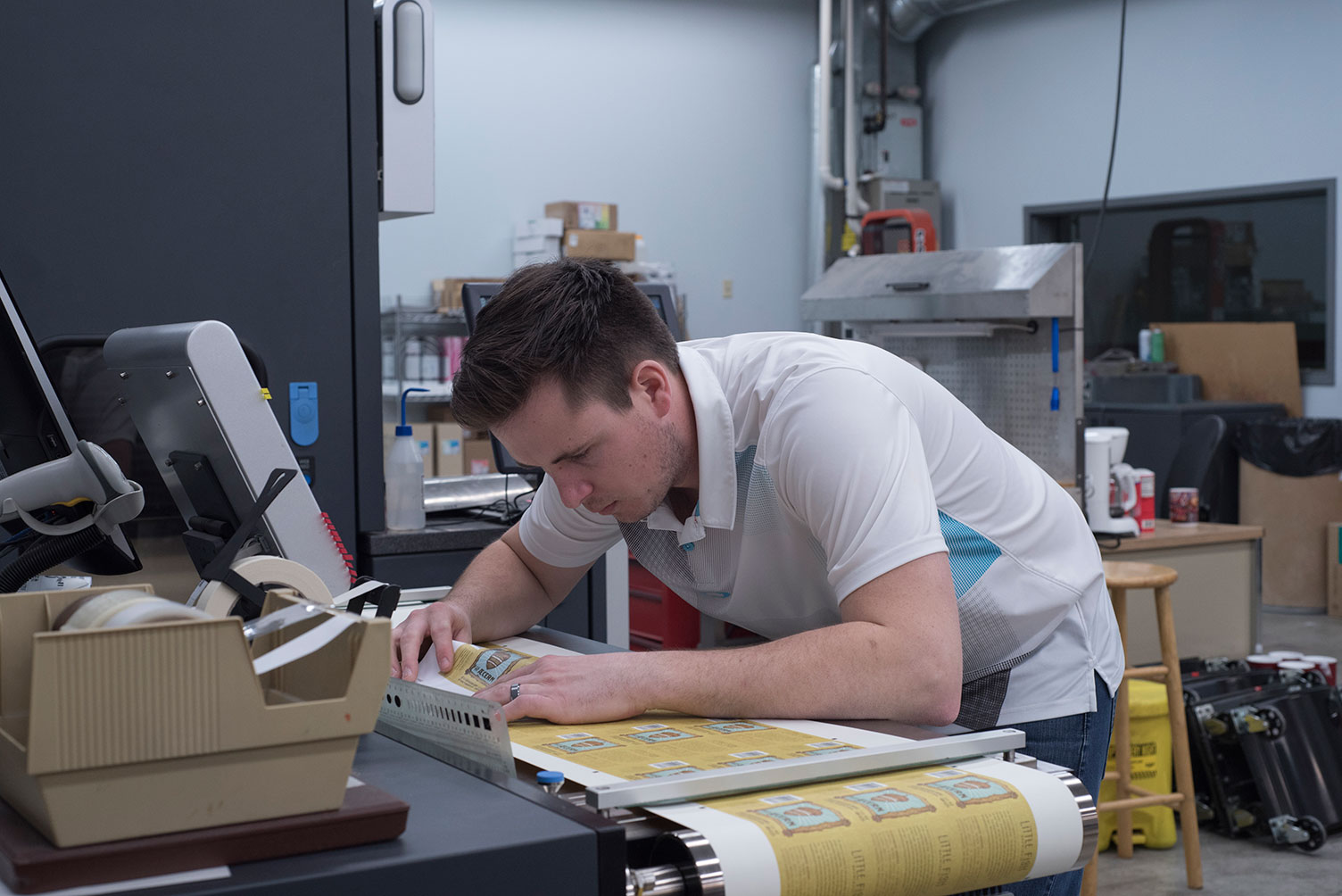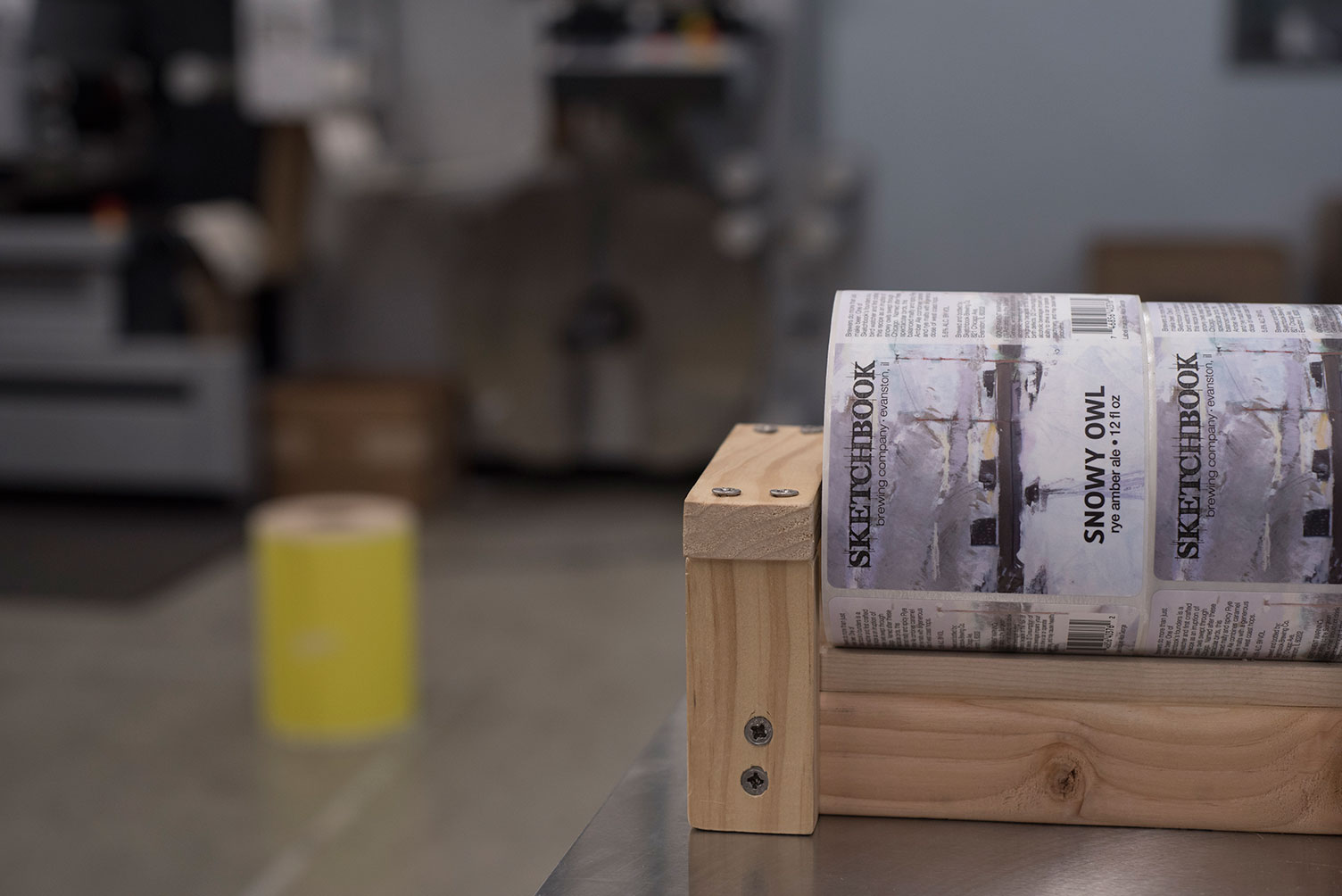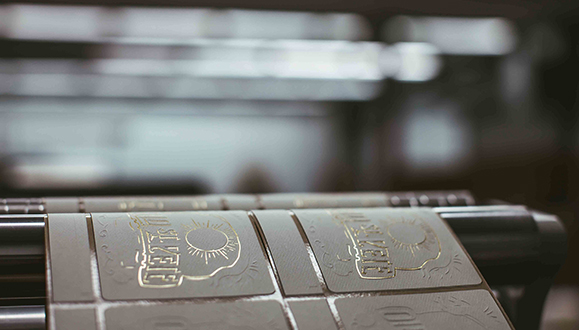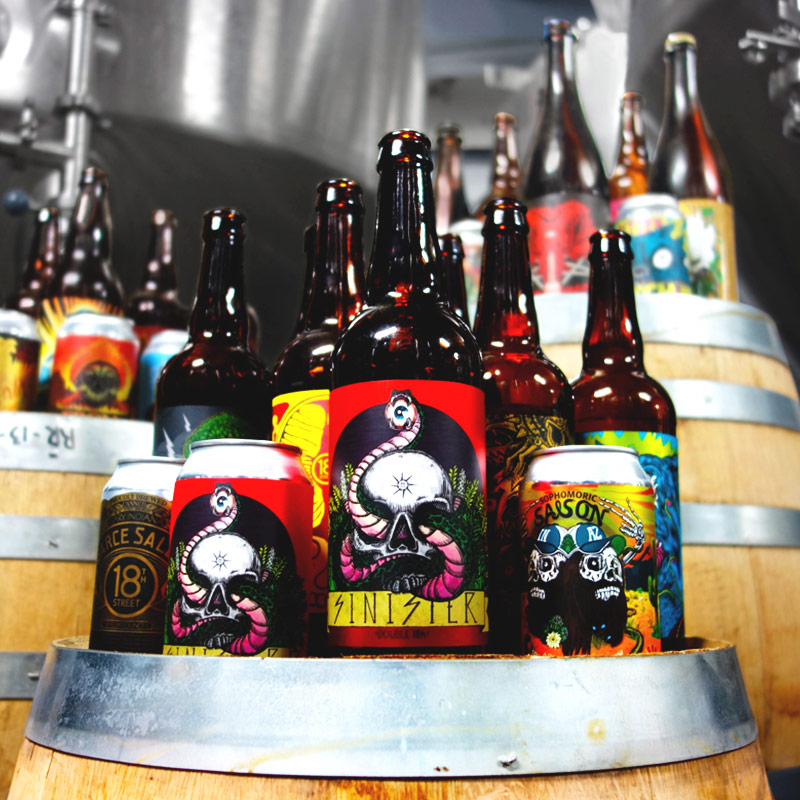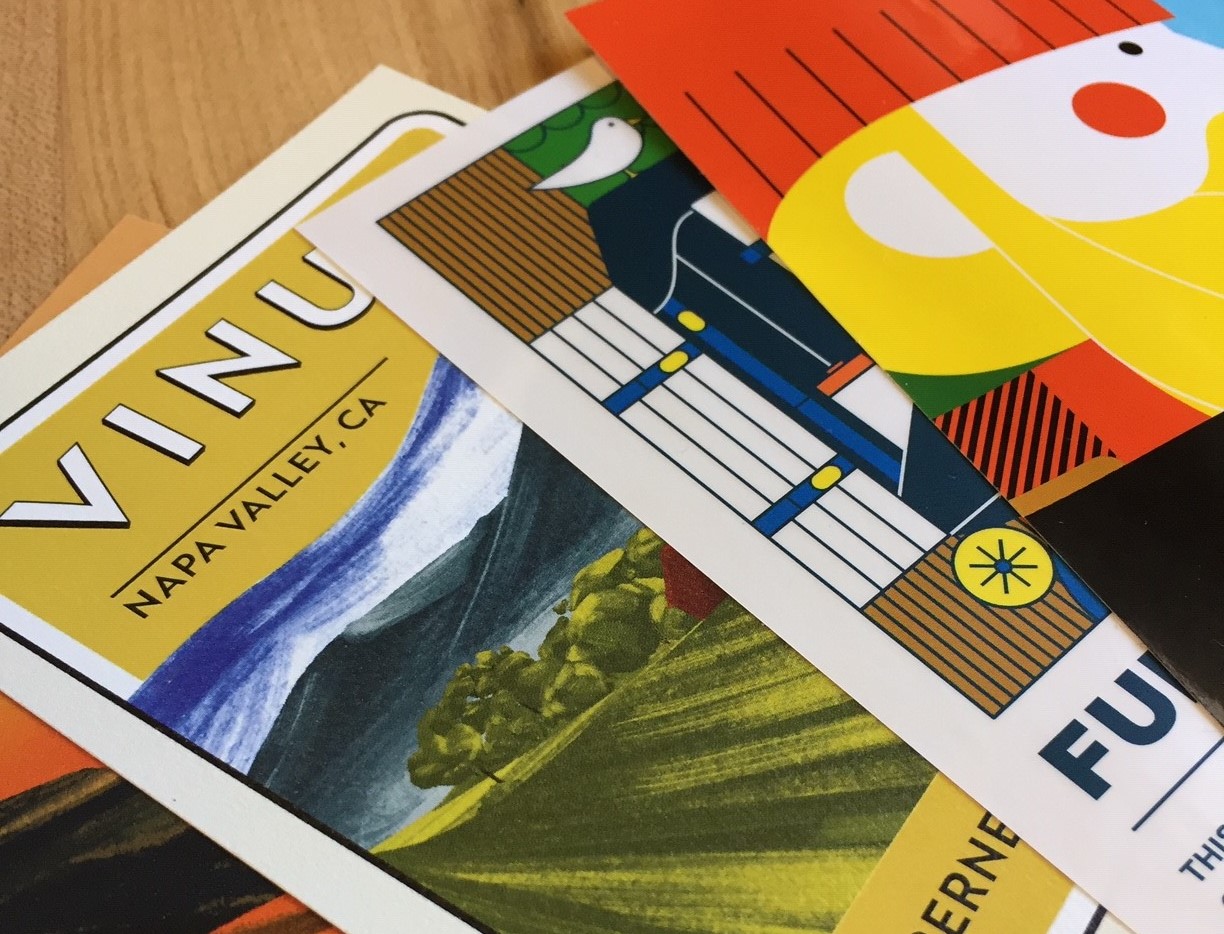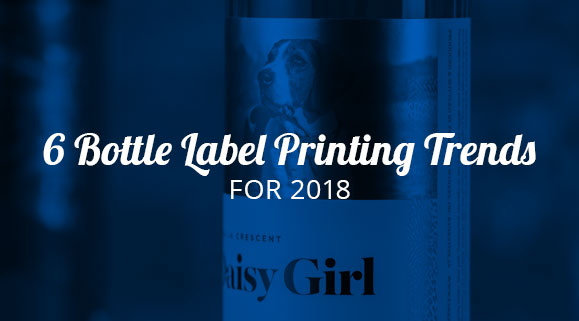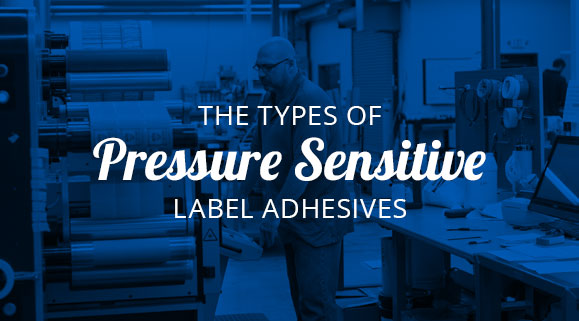Designing Beer Labels: Other Design Considerations
- adhesives
- bottle labels
- craft beer
- designers
- die cutting
- label design
Custom Shape Decisions
Custom die cut labels can add an extra dimension to the look of your beer, but there are some considerations you need to make before you commit to a shape. If not done appropriately, the shape of a cut can lead to issues during the printing or application process. It’s important to evaluate potential danger areas so that you know your custom shape is ready for printing.
Sharp Corners
Acute angles may give your label a sharp look, but these corners may accidentally tear away from the rest of your label during application or printing. During the converting process (when the printed labels are die cut), the excess material—also known as the matrix—is removed to only leave the label behind. Sharp corners are prone to being torn off along with the matrix, which can lead to more waste, and a more difficult label to apply to your container.
Holes Within a Label
Holes or “windows” within the shape of a label can face similar tearing issues. Thin strips of material between the edge of your label and the hole are more likely to rip. Make sure that you leave plenty of space between the edges to protect your labels.
Mandatory Beer Label Information
While you have a lot of creative freedom to design your label, there are some items that are non-negotiable. The Alcohol and Tobacco Tax and Trade Bureau has specific requirements that all malt beverage labels need to contain. These include:
- Brand name
- Class designation – The type of beer within the container, such as an ale, stout, or porter
- Name and address – Listing of the name and address of the producer and/or bottler
- Net contents – Amount of liquid in container, listed in American measurements
- Alcohol content – Must be listed to the nearest 0.1 percent
- Disclosures for specific ingredients – Only necessary if a beer contains any of the following ingredients
- FD&C Yellow No. 5
- Saccharin
- Sulfite (10 or more parts per million sulfur dioxide)
- Aspartame
- Health warning statement – An official government statement that reads:
- GOVERNMENT WARNING: (1) According to the Surgeon General, women should not drink alcoholic beverages during pregnancy because of the risk of birth defects. (2) Consumption of alcoholic beverages impairs your ability to drive a car or operate machinery, and may cause health problems.
- Country of origin
Selecting Adhesives
A great label design won’t mean much if it just falls off the bottle. Adhesives may not impact how your design looks, but they’re a crucial element that shouldn’t be overlooked.
Permanent or Removable
Permanent and removeable labels are exactly like they sound; one is permanent and the other is removable. However, the reasons behind why you would choose one over the other is a bit more intricate.
Permanent labels offer designers and breweries a sense of comfort. These adhesives are usually more cost-effective and are designed to stick for good once it’s placed on a container. However, if a label is put on crooked, you’re out of luck. Removable labels are generally more expensive but give you the opportunity to reapply labels without leaving a visible residue. This quality also makes them more susceptible to humidity and temperature changes. Removable labels are also good for promo items, like peel off labels with content on the back.
Acrylic or Rubber
The chemistry behind your adhesive can provide your label with different benefits. Acrylic adhesives can adhere to glass, metal, and many other surfaces. Acrylic is also great for surfaces that will encounter wet, rigid or problematic conditions. Rubber-based adhesives are a less versatile, but more cost-effective option. It may break down over time if it encounters extreme heat or humidity but can be a solution if your budget is tight.
Find a Good Label Printing Company
Even after a lot of hard work, a bad print job can ruin your design. At Blue Label, we work with designers and breweries to make sure that beer labels function as well as they look. Contact us today to talk with one of our printing experts about how we can help you with your beer label project.
Want more advice on designing for beer labels? Check out our post on beer label sizing and color considerations.
